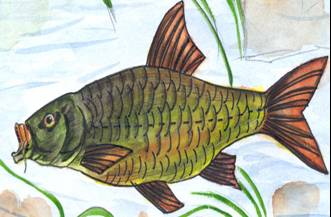
In the Indian Subcontinent, 2500 species of
freshwater fishes have been so far recognised of which 750 are
freshwater species. There have been a number of descriptive accounts of
fishes and morphological variety in fishes in a number of ancient
Indian texts (Hora 1935) which talk of the classification of fish based
on shape and structure. In more recent times, much of the study on the
freshwater systems of the Indian subcontinent started with the works of
British officers employed by
the East India Company and who took great interest in the natural
history of the region. Some of the most important contributions to the
fishes of the Indian region were those of Francis Day with his treatise
“Fishes of India” (1875-78). Other early contributions were those of
Hamilton- Buchanan in 1822 in his book “Fishes of the Ganges” and by
others like J. McClelland in 1839, Col. Sykes in 1839, and T.C. Jerdon
in 1849. These were foundations on which modern fish taxonomists, most
of whom were some of the first scientists working at the Zoological
Survey of India, built upon later. Numerous literatures are available
now on the identification and systematics of freshwater fishes of
India, starting with Hora’s contributions between 1920- 1950s and most
recent contributions by Datta Munshi and Srivastava (1988), Talwar and
Jhingran (1991), and Jayaram (1999).
The Western Ghats